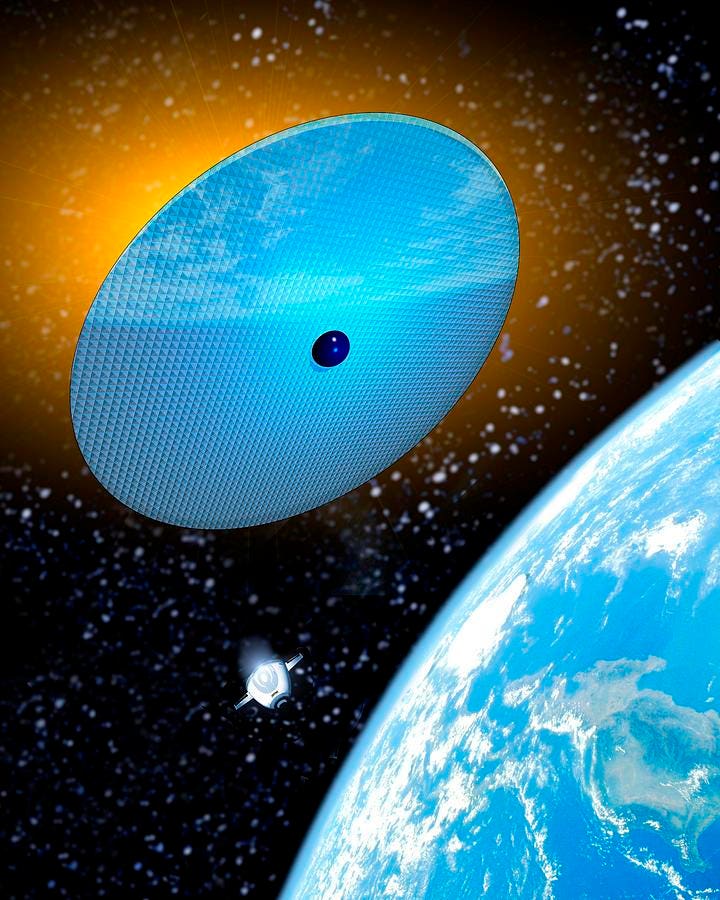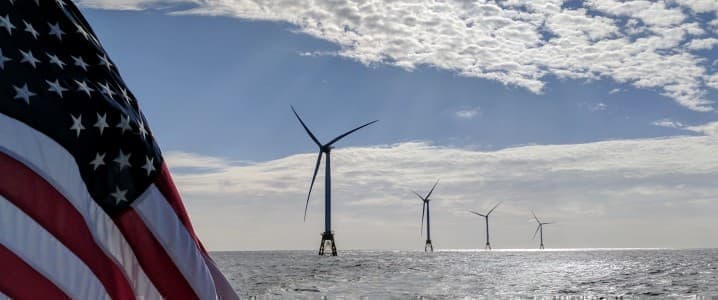And how does this article where he talks about operating in Arizona, have anything to do with space based system?
"However, both of these potential solutions have some drawbacks: they're very expensive and the solution is temporary. We have experience launching objects to L1, as the majority of our Sun-observing satellites are located there. But it's very difficult to send large quantities of mass to space, and that's what would be required here. If we considered the lighter proposal of a series of thin film circles, with each one just 1/5000th of an inch this and weighing just 1 gram, that would still add up to ~20 million tonnes of mass."
Whereas satellites launched to L4 or L5 will be in stable orbits that can last for aeons, satellites launched to L1, L2 or L3 are in quasi-stable orbits. Without any intervention, even with ideal orbital insertion, they will drift away and out of their ideal positions on timescales of just a few years. The only way to maintain them is to either:
- boost them, which requires outfitting them with self-propulsion technologies,
- service them, requiring maintenance launches to go up and re-adjust their orbits,
- or to simply replace them, meaning that we'd need to continuously launch new ones to replace the ones that drift away.
It would be a remarkable feat if we could counteract global climate change with a one-time investment in space, but due to the way gravitation works, even the idea of blocking sunlight before it arrives will require enormous ongoing investments in maintenance."
Your own article says it is pie in the sky.

 www.forbes.com
www.forbes.com







